It’s called the Cultural Triangle of Sri Lanka, and the three points are 1. Dambulla, north of Kandy, 2. Sigiriya and Polonnawara to the north east, and 3. Anuradhapura and Mihitale to the north west – three historical sites with ancient temples and royal cities that have become World Heritage Sites. This area is the home of the ancient moon stones of Sri Lanka.
We chose to use Dambulla as a base, then drove to the other two. Exploring by car was a really good idea because it is a large triangle, the countryside is gorgeous, and the sites themselves are large and very very difficult to walk or bicycle. Most people are in tour groups or hire a car with driver. Alone in our rental car, we were rare and free!!
My photos are not the standard pictures you find in the guidebooks, first because those are professional and beautiful and you can find them in a million places. But secondly, many sites are really hard to access and we were not prepared to climb the hundreds or thousands of steps to fully experience the sites like the stone fortress of Sigiriya or the cave temples of Dambulla. Finally, as a traveller, I am often as interested in the setting as the sites themselves, and especially pleased to drive through the countryside between sites: not just 1.2.3. but what is in between them.
So, first to Sigiriya – Lion Rock – set in brilliant rice paddies and flowery marshes. Instead of climbing the 1220 steps to the top, we toured the viewpoints around it with a guide and a tuktuk for about an hour.







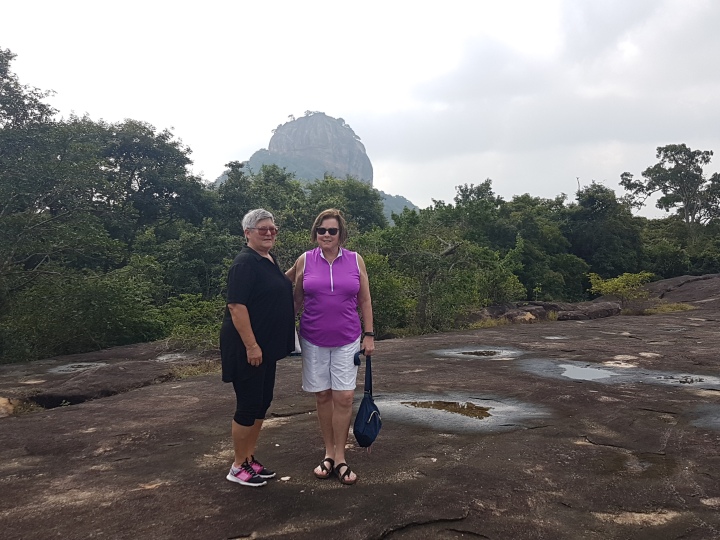

What we were not able to see for ourselves, we were happy to see on Facebook.
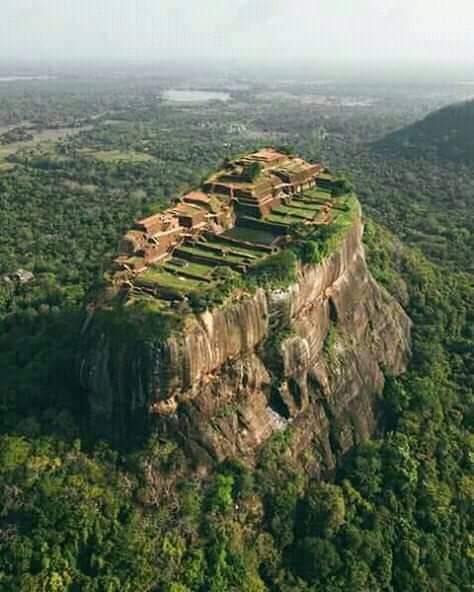


The same day, we drove further down the road to the Royal City of Polonnawara – a sprawling archaeological site of ruined temples. While most has been destroyed, some intriguing details have survived the passing of time, including a well-worn moonstone.
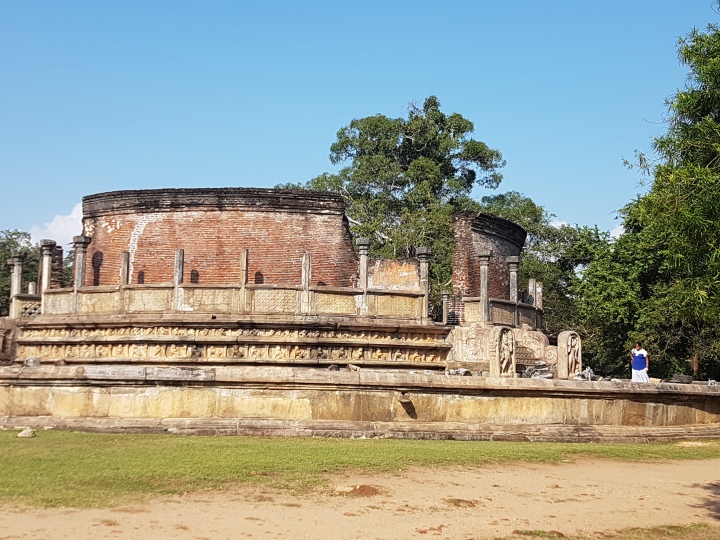

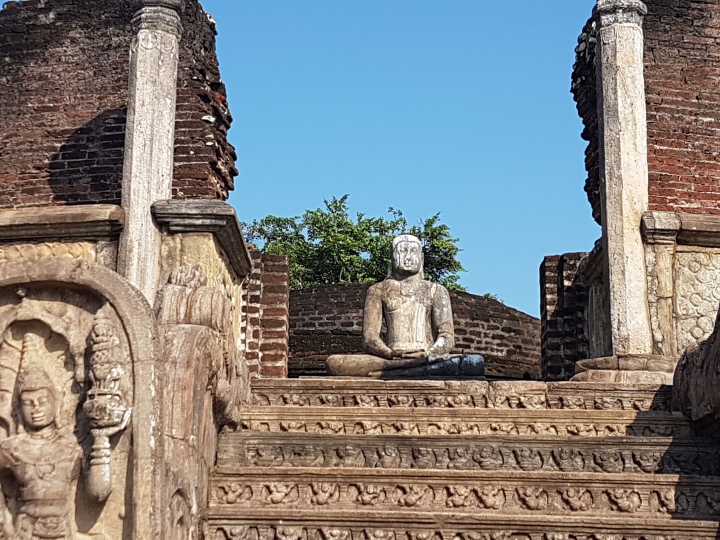







Next day, we drove in the other direction to the Sacred City of Anaradhapura which is where Buddhism was first introduced to Sri Lanka. Ruvanvelisaya Dagoba, guarded by a frieze of elephants, is the largest in Sri Lanka.



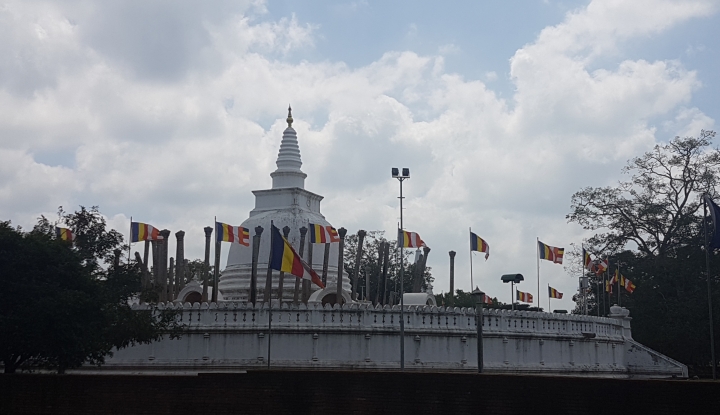


Nearby is Minitahli, called the cradle of Buddhism in Sri Lanka.
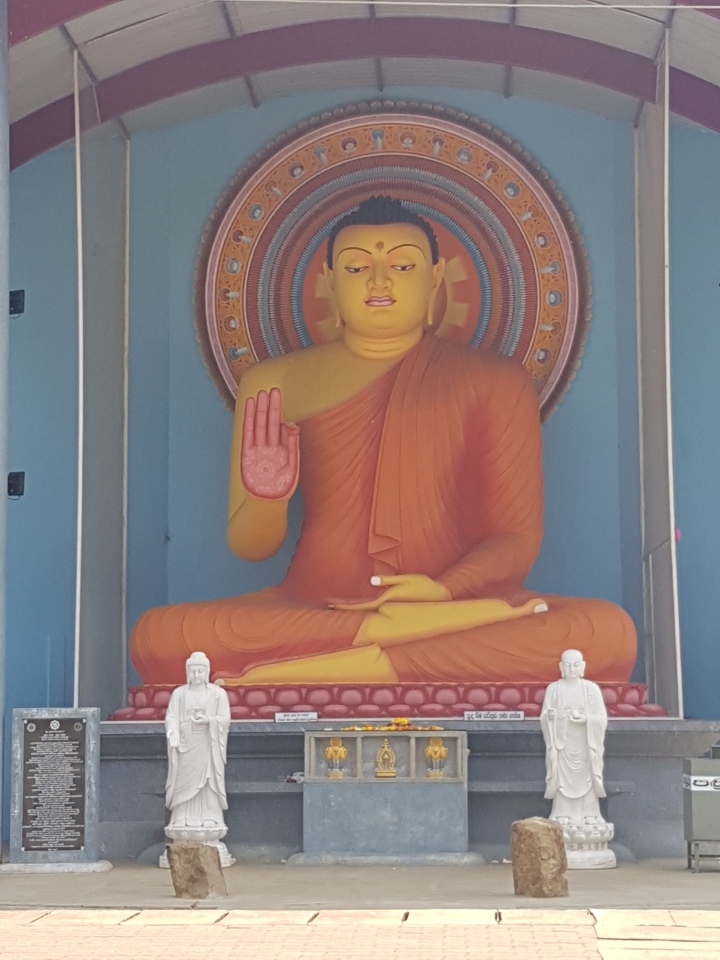
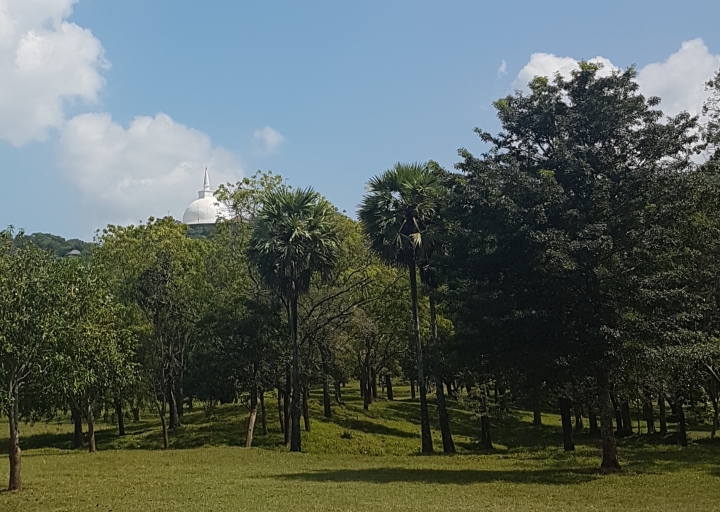
If we had a drone, we would have seen this.

But driving around to see the various sites as easy.
Finally, back to Dumballa. Almost all stupas or Sri Lankan dagobas are white, but here we found an unusual gold one and a very old brick relic. I was struck by the graceful hands of this golden Buddha – and the enigmatic facial expression.





The “up” arrow would tell you that an impossible climb lies ahead. Sadly, we weren’t able to see this ourselves, so thanks Facebook!

But our 3 days of driving were wonderful. Our little car shared the road with an indecisive elephant, rambling oxcarts, rice drying operations, roaring convoys of buses and slow-moving trucks, lazy tuktuks, erratic motorbikes, gaggles of school kids, herds of cows….driving is a challenge but an absolute delight.





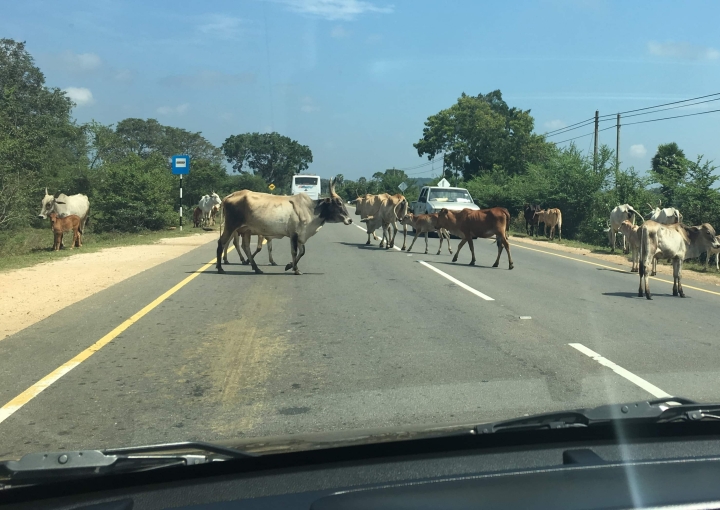
Life on the road includes stopping to eat, to shop and to capture memories.


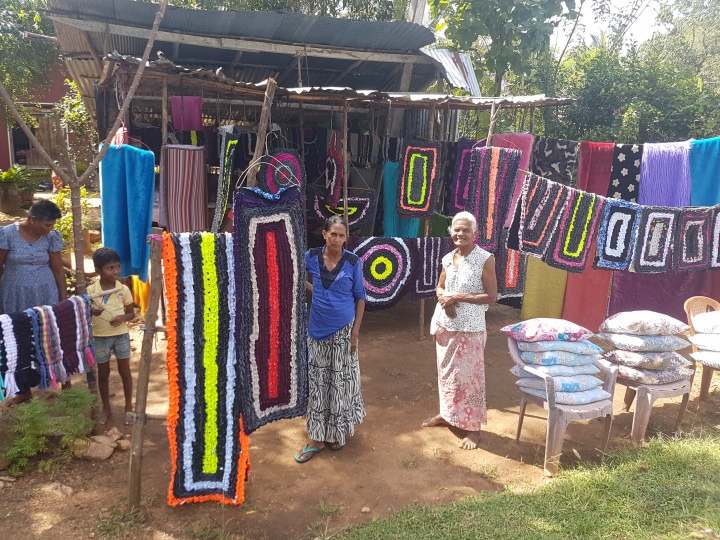
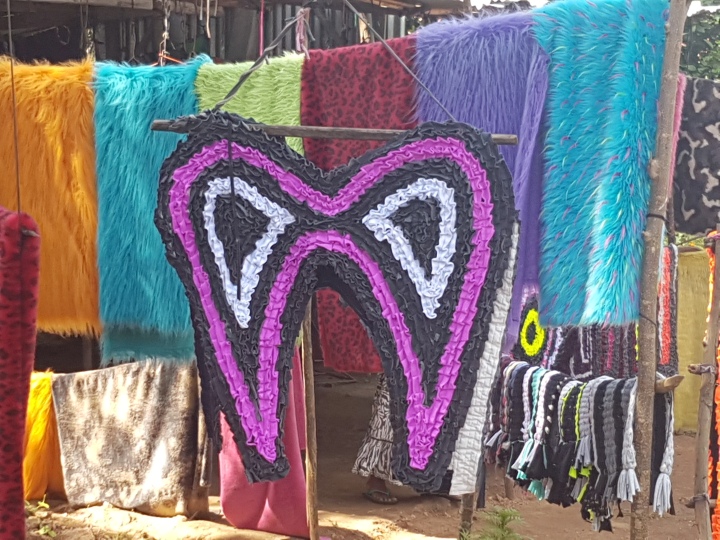

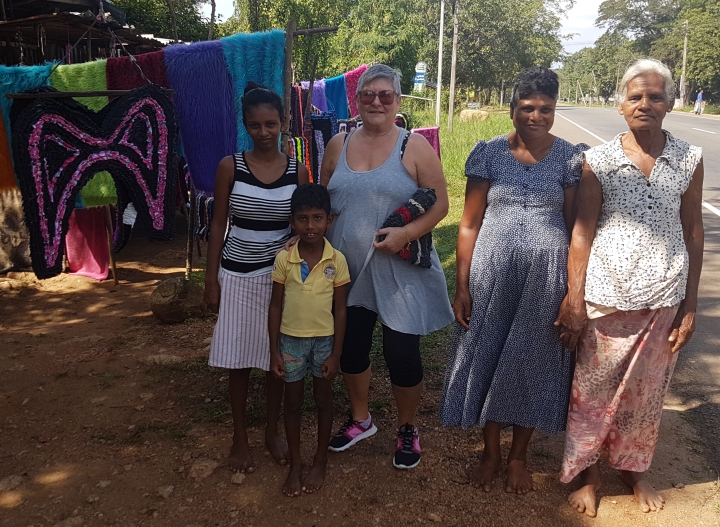

But the highlight clearly was the ancient moon stones that sit like welcome mats at doorways and staircases. Here is a good description of Moon Stones from Roar Media.
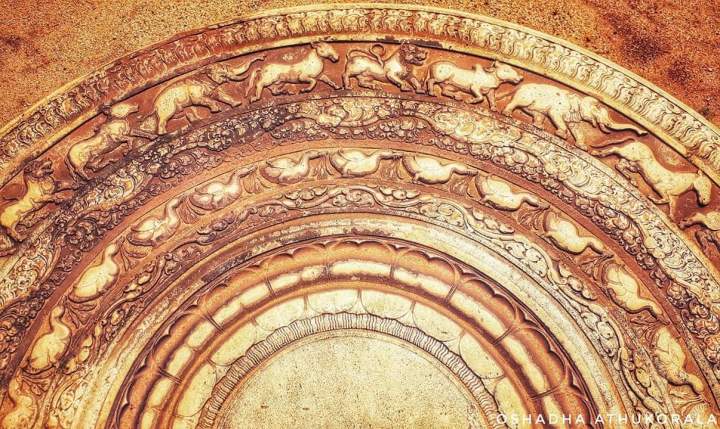
The moonstones of this Cultural Triangle have a similar feature: an outer ring carved with flames. They also contain carvings of four different animals—the elephant, horse, lion, and bull, a creeper or wavy stem with leaves,known as a liyawela in Sinhalese, a floral pattern called palapethi, a line of swans each with a flower in mouth and a fully-bloomed lotus flower. It is theorized that the outer ring of fire represents the never-ending cycle of life and the pains of passion that people experience. The four animals, the elephant, horse, lion, and bull, represent the four noble truths of life (chathurarya sathya), or the four stages of life, namely, birth, old age, disease and death, while the creeper with its leaves represents desire. The patterns displayed on these moonstones, thus, stand in for the core teachings of Buddhism.


To me, the moon stones are mystical and magical.


One thought on “Home of the Ancient Moon Stones of Sri Lanka”